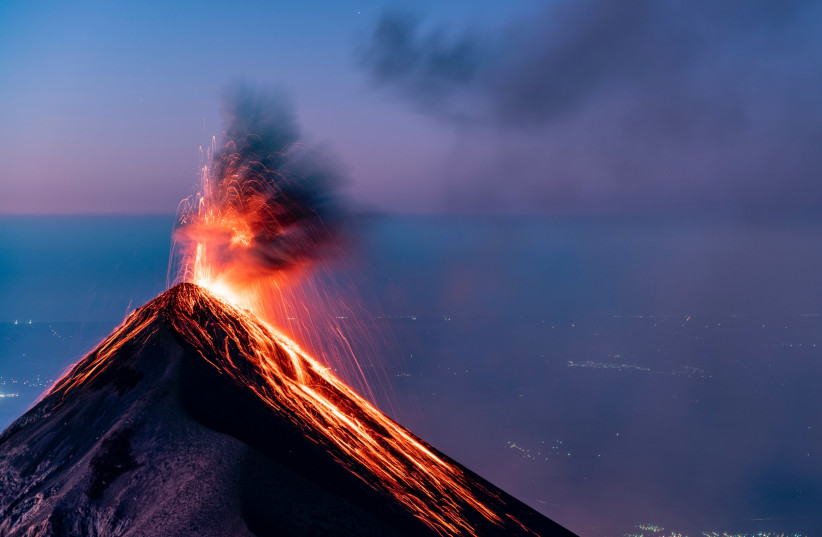Israel’s Ramat Gan is still the leading center for cutting big diamonds weighing one carat and up. For smaller diamonds, buyers now go to India. Since the 1870s, a significant portion of the world’s gem-quality diamonds have been mined from Africa, but they are found in over 35 countries including Russia, Botswana, and Australia. In recent decades, the core of natural gem-quality diamonds has remained in Africa.
Now, an international team of scientists led by the University of Southampton in the UK has discovered that the breakup of tectonic plates is the main driving force behind the generation and eruption of diamond-rich magma from deep inside the Earth. Their findings, the authors write, could shape the future of the diamond exploration industry, informing where diamonds are most likely to be found.
Diamonds, which form under great pressure at depth, are hundreds of millions or even billions of years old. They are typically found in a type of volcanic rock known as kimberlite that is found in the oldest, thickest, and strongest parts of continents – especially in South Africa. How and why they got to Earth’s surface has, until now, remained a mystery.
This is where diamonds are made
The new research examined the effects of global tectonic forces on these volcanic eruptions spanning the last billion years. The findings have been published in the prestigious journal Nature under the title “Rift-induced disruption of cratonic keels drives kimberlite volcanism.” They collaborated with colleagues from the University of Birmingham and others in Germany, the US, Italy, and Canada.
Earth Sciences Prof. Tom Gernon at the University of Southampton, who was the lead author said that the pattern of diamond eruptions is cyclical, mimicking the rhythm of the supercontinents that assemble and break up in a repeated pattern over time. But previously. we didn’t know what process causes diamonds to suddenly erupt, having spent millions – or billions – of years stashed away, 150 kilometers beneath the Earth’s surface.”
To answer this question, the team used statistical analysis, including machine learning, to forensically examine the link between continental breakup and kimberlite volcanism. The results showed the eruptions of most kimberlite volcanoes occurred 20 to 30 million years after the tectonic breakup of Earth’s continents.
His Southampton colleague Dr. Thea Hincks added that “using geospatial analysis, we found that kimberlite eruptions tend to gradually migrate from the continental edges to the interiors over time at rates that are consistent across the continents.” The discovery prompted the scientists to explore what geological process could drive this pattern. They found that the Earth’s mantle – the convecting layer between the crust and core – is disrupted by the stretching of the crust, even thousands of kilometers away.
Earth systems Prof. Stephen Jones of the University of Birmingham, a study co-author, said: “We found that a domino effect can explain how continental breakup leads to the formation of kimberlite magma. During rifting, a small patch of the continental root is disrupted and sinks into the mantle below, triggering a chain of similar flow patterns beneath the nearby continent.”
The team’s research could be used to identify the possible locations and timings of past volcanic eruptions tied to this process, offering valuable insights that could enable the discovery of diamond deposits in the future. They concluded that “breakup not only reorganizes the mantle but may also profoundly impact Earth's surface environment and climate, so diamonds might be just a part of the story.

